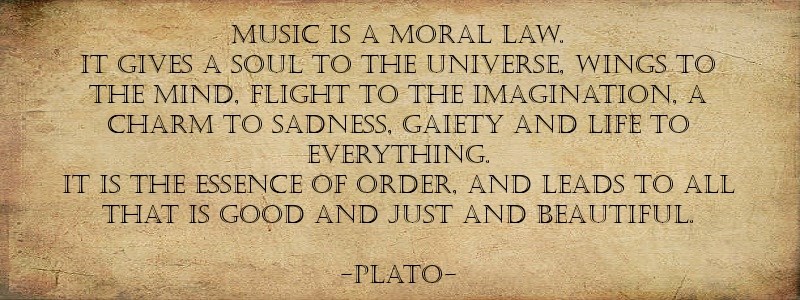About 432 Hz Music
The musical note A (la) tuned to 432 Hz (Hertz) is the Natural Tuning frequency, also known as Verdi Tuning and Scientific tuning. Current “World Standard” is A tuned to 440 Hz. 8 Hertz higher!
Hertz (Hz) is the measure of vibrations per second. This means that the note A (la) is vibrating 432 times per second when you tune it to 432 Hz. When you tune all other notes relative to A=432 Hz, their vibration also changes in order to stay in perfect harmony relative to the note A at 432 Hz.
This is called relative tuning, where the note A (la) is the master pitch. The master pitch is a reference pitch to which all the other notes relate. All other notes are tuned in reference to A=432 Hz in this case. By 8 Hz down from “standard” tuning of 440 Hz. (440-432=8)
When A=432Hz, then relative C is vibrating at 256 Hz (or 128 Hz if you go an octave down).
This is significant.
In the book titled Intervals, Scales, Tones And the Concert Pitch C=128 Hz the author Maria Renold (1917-2003) explains the significance of 432 Hz tuning (C=256 Hz/ 128 Hz) in the context not only of music theory, but highest levels of music practice, as well as music spirituality.
Her and other prominent classical musicians, as well as legendary heroes of human evolution and spirituality like Rudolph Steiner agreed on the following.
When you tune music to A=432 Hz (C=256) then it becomes more spiritual. And when you tune to A=440 Hz (today’s world standard) then it becomes brighter, but thinner, more materialistic, and less spiritual.
No wonder that 432 Hz music is apparently being censored by today’s major music distributors. Along with other potentially beneficial terms like binaural beats.
Musical note A (la) tuned to 432 Hz is the original pitch perhaps even since antiquity when Pythagoras determined the ratios of music scientifically and mathematically. His followers were not only mathematicians and scientists of the Ancient World, but musicians too!
Shortly after WWII the global music industry adopted a 440 Hertz tuning standard for all musical instruments, and thus music.
To this day A=440 Hertz tuning is a global ISO standard.
But musicians of certain instruments (such as stringed, electronic, digital, and virtual) can change their tuning back to A= 432 Hz. This is virtually impossible for brass-type instruments because that whole instrument’s shape would need to be perfectly hollowed out to lower it’s master pitch by 8 Hz.
432 Hz is perfectly divisible by 2 and 3, however 440 (the current world standard tuning) is only divisible by 2. Perhaps this is why in sound wave experiments 432 Hz takes the shape of a triangle?
Brass instruments like trumpet and saxophone can’t change their tuning directly, but all stringed instruments like guitar and violin, and even piano can.
Supposedly 432 Hz coincides with DNA synthesis, closely resembles the Schumann Resonance (the heartbeat of our planet rounded to 8 Hz), and opening of the Chakras.
It’s believed that 432 Hz tuning was mostly used in Ancient Egypt (and other ancient civilizations) all the way to the time of great Classical musicians of the 1800’s and even to some of the greatest musical artists of our time including Bob Marley and the Wailers, The Beatles, Jimi Hendrix, and Sade.
It’s considered more perfect and more in tune with natural cycles. 432 Hz is a more calm energy than 440 Hz. 440 Hz (current music industry standard) is more tense by a magnitude of +8 Hz (440-432=8), thus higher frequency (pitch) and more tension.



